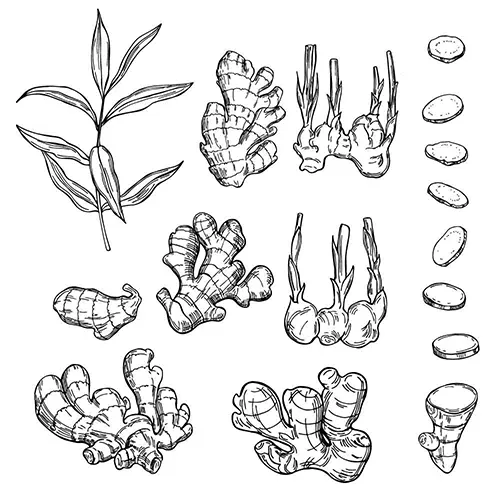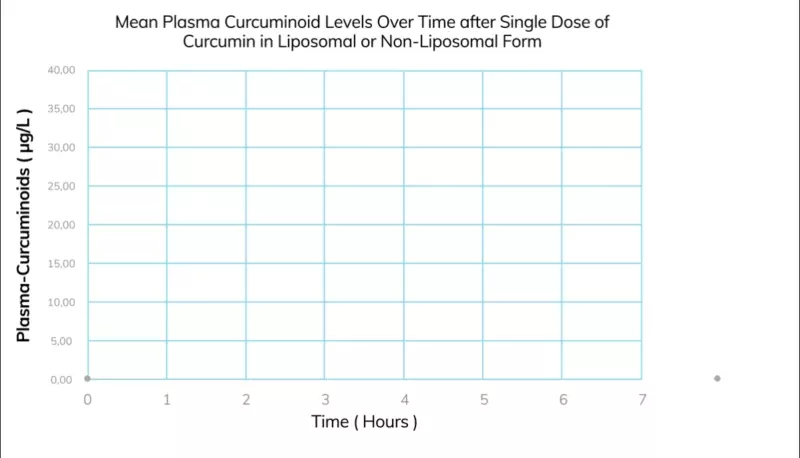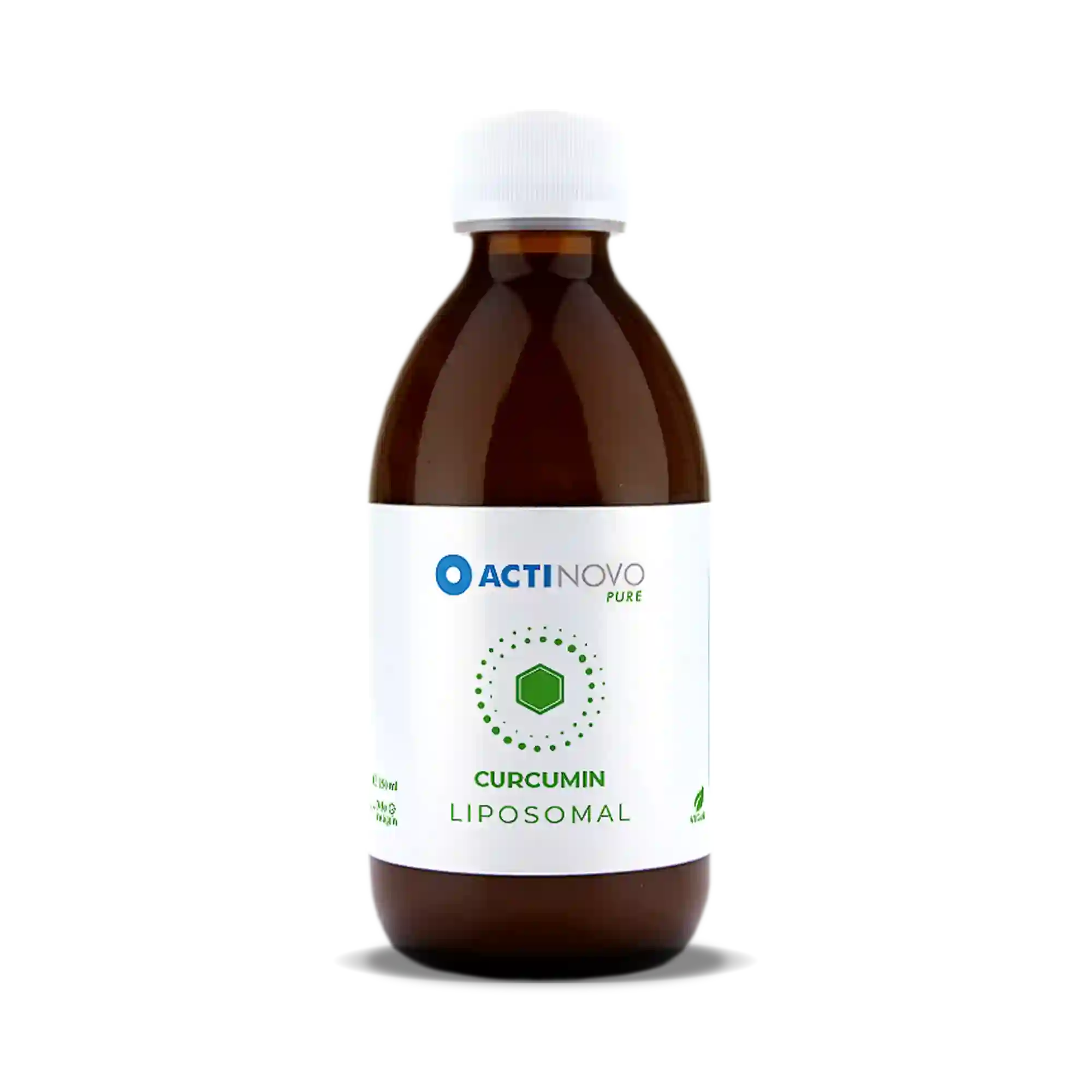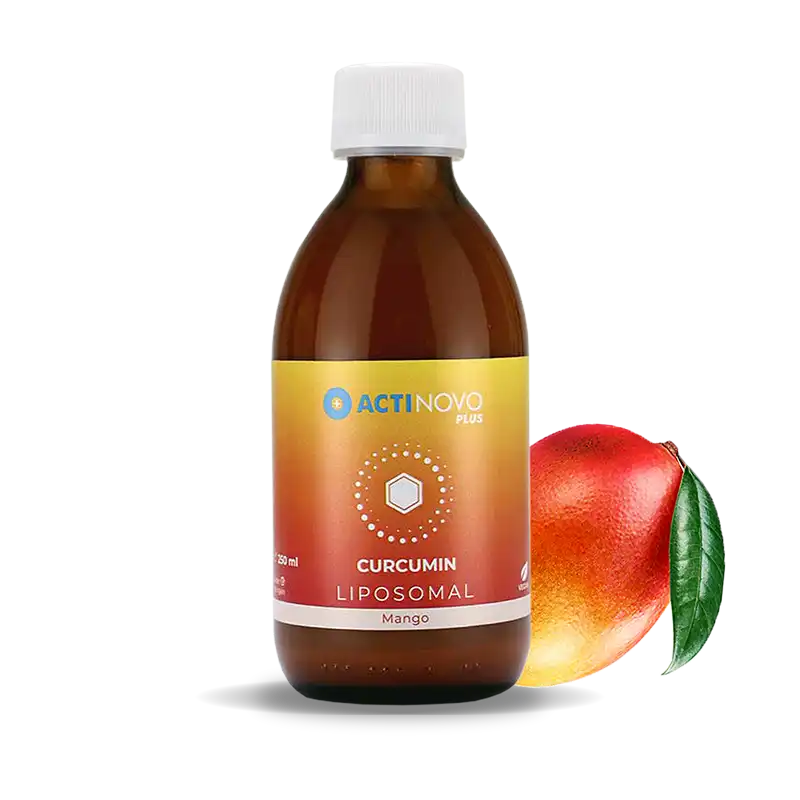
Superfood Turmeric - The Magic of the Curcumin Root
Content
- What is Turmeric?
- What is the Difference between Curcumin and Turmeric?
- How do I get the best Bioavailability?
- What is the correct dosage?
- How does Curcumin work in the body?
- Bottom Line

1. What Is Turmeric?
Turmeric is a herbaceous plant that grows up to 1 meter high. It’s underground stems, or rhizomes, are where we get the medicinal herb of curcumin.
As a type of plant in the ginger family, turmeric is strongly reminiscent of the ginger spice, which is why it is referred to as Indian saffron and yellow ginger.
The turmeric plant loves the warm climate because it comes from Southeast Asia. As a spice in the kitchen, turmeric is mainly used in Indian cuisine and Ayurvedic healing arts. For this purpose, the root of the plant is usually ground to produce a powder, which can be mixed with food.
This rhizome (root) [2] is often processed into yellow powder, packaged and resold. This is the form of curcumin most commonly known to us.
2. What Is The Difference Between Curcumin And Turmeric?
Curcumin is a secondary plant substance from the root of the ginger family Kurkume (Curcuma longa), also known as turmeric [1]. That sounds complicated at first. In fact, this simply means that it is an organic molecule that fulfills special tasks in the plant.
Curcumin is a yellow pigment and is commonly sold as a plant substances supplement. As a pigment, it is used for food coloring (E100) and is used to color margarine, yellow cakes, icings, and gelatins among other things. Therefore, it can be found in trace amounts in many different foods. Curcumin is also what gives curry spice its distinct yellow color.
As an herbal supplement, we are concerned with its active plant compounds. The molecules demethoxycurcumin, bisdemethoxycurcumin and cyclocurcumin, create what is known as curcuminoids, the active polyphenolic compounds from turmeric.
Turmeric contains up to 5% curcuminoids in addition to essential oils, minerals and fibers [3].
These curcuminoids are what give curcumin the promise of health benefits. For this reason, the curcuminoids are also extracted and concentrated in order to be examined in high doses in clinical studies.


[3] Uniklinik-freiburg.de.
[4] Bioavailability of curcumin: problems and promises. Anand P, Kunnumakkara AB, Newman RA, Aggarwal BB Mol Pharm. 2007 Nov-Dec; 4(6):807-18.
[5] Shaikh J, Ankola DD, Beniwal V, Singh D, Kumar MN. Nanoparticle encapsulation improves oral bioavailability of curcumin by at least 9-fold when compared to curcumin administered with piperine as absorption enhancer. Eur J Pharm Sci. 2009;37:223–230.
[6] Cuomo u. a.: Comparative absorption of a standardized curcuminoid mixture and its lecithin formulation. In: J Nat Prod. 74(4), 25. Apr 2011, S. 664–669. PMID 21413691.
[7] N. K. Gupta, V. K. Dixit: Bioavailability enhancement of curcumin by complexation with phosphatidyl choline. In: J Pharm Sci. 100(5), Mai 2011, S. 1987–1995. PMID 21374628.
[8] Hewlings, Susan J, and Douglas S Kalman. “Curcumin: A Review of Its' Effects on Human Health.” Foods (Basel, Switzerland) vol. 6,10 92. 22 Oct. 2017, doi:10.3390/foods6100092.
[9] efsa.onlinelibrary.wiley.com/.
[10] Sahebkar A., Serbanc M.C., Ursoniuc S., Banach M. Effect of curcuminoids on oxidative stress: A systematic review and meta-analysis of randomized controlled trials. J. Funct. Foods. 2015;18:898–909. doi: 10.1016/j.jff.2015.01.005.
[11] Lipid, blood pressure and kidney update 2013. Banach M, Serban C, Aronow WS, Rysz J, Dragan S, Lerma EV, Apetrii M, Covic A Int Urol Nephrol. 2014 May; 46(5):947-61.
[12] Antioxidant and anti-inflammatory properties of curcumin. Menon VP, Sudheer AR Adv Exp Med Biol. 2007; 595():105-25.
[13] Mitigation of Systemic Oxidative Stress by Curcuminoids in Osteoarthritis: Results of a Randomized Controlled Trial. Panahi Y, Alishiri GH, Parvin S, Sahebkar A J Diet Suppl. 2016; 13(2):209-20.
[14] https://campus.uni-saarland.de.
[15] Biswas SK, Oxid Med Cell Longev. 2016; 2016():5698931.
[16] https://www.ncbi.nlm.nih.gov/pubmed/24165958
[17] https://faseb.onlinelibrary.wiley.com/doi/abs/10.1096/fasebj.31.1_supplement.lb766
[18] https://www.ncbi.nlm.nih.gov/pubmed/24853120


